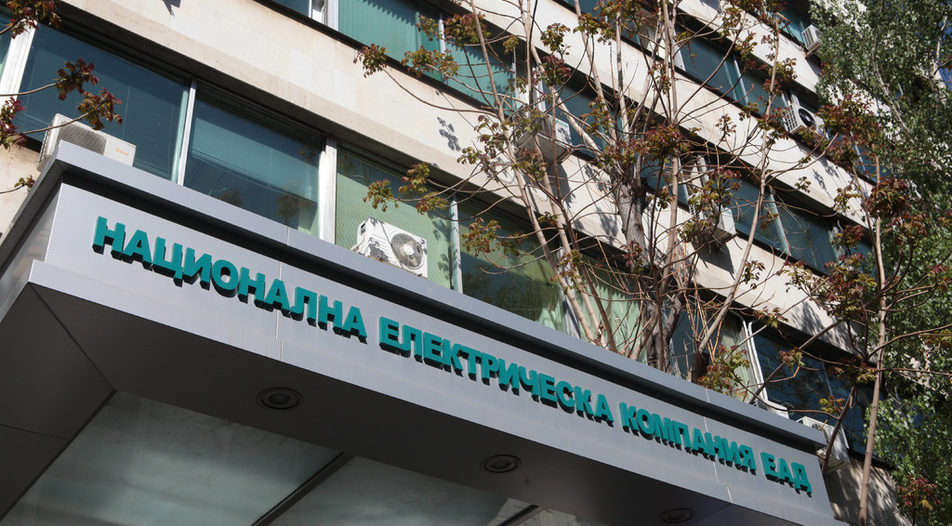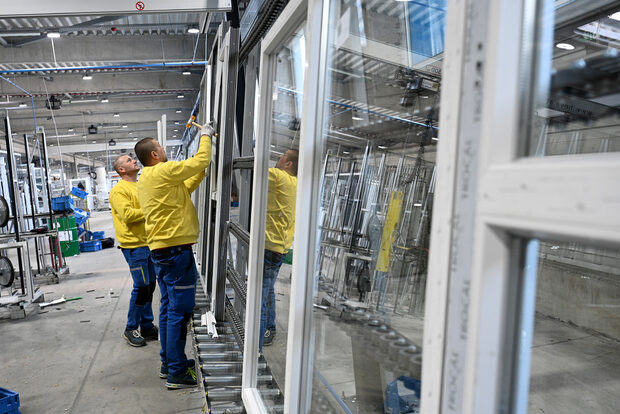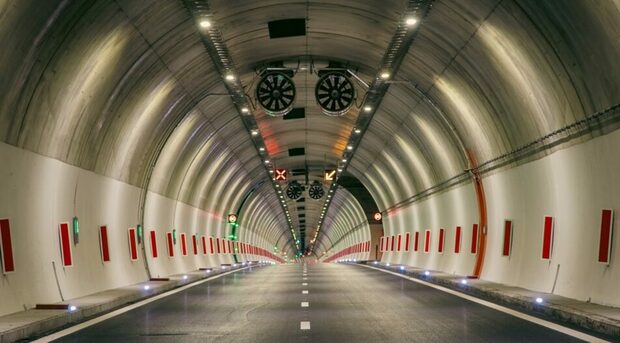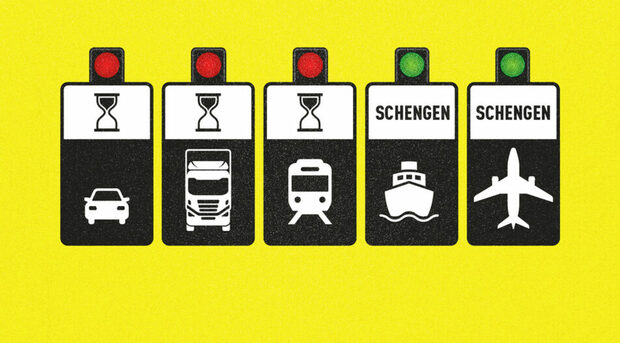| - Privately-owned companies with expanding capacities like Biovet, Kronospan and Agropolychim achieved growth - The capacities of state-owned enterprises were used less effectively judging by their profitability |
An asset growth rate of 1.5% (or less than a billion levs) may be a normal result for a year of economic stagnation. However, the domestic economy grew by more than 3% in 2018 and with interest rates comfortably low, this rate of asset growth cannot be considered satisfactory.
The state-owned energy enterprises were the main drag on asset growth. The sector features the largest concentration of industrial assets and its performance is pivotal for asset growth across the economy. Aside from the chronic debt problems that saddled the energy sector in 2018, there were additional tremors from increased environmental costs and attempts to embark on megalomaniac projects that seriously undermined its capacity to ensure future growth through maintenance and asset enlargement.
Outside the state-run enterprises, the picture is somewhat rosier. Even companies involved in raw material extraction, which had a difficult year because of frequent price fluctuations, managed to achieve asset profitability that was considered adequate by shareholders. Sectors like pharma, trade and telecommunications reported growth several times higher than that of the economy as a whole.
Looking only at the top 100 and top 300 of the biggest companies by revenue provides grounds for a slightly more optimistic outlook. For example, in the top 100, the sum of assets surpassed 66 billion levs and had a 2% growth, while in the top 300 the value of the assets grew to nearly 97 billion or a surge of 3.6% when compared to 2017.
The big picture
There is no substantial difference from 2017 at the top of the ranking, which is once again dominated by state-owned entities such as the Bulgarian Energy Holding (BEH), with unconsolidated assets of over 5.7 billion levs, and the National Railway Infrastructure Company with 5.2 billion levs in assets. The top 5 group also includes Lukoil Neftochim Burgas refinery, which has announced a new investment cycle and is likely to move up the ranking. Municipal company Metropolitan, the operator of Sofia Metro, is one of the biggest asset owners, with their value rising predictably after the construction of a new line started.
The gap between the strongest and the feeblest performance is rather wide - from asset growth of over 51% to 639 million levs of veterinary products' manufacturer Biovet, to a 9.19% drop to 1.4 billion levs at mobile operator A1. In the top 50 groups, 32 companies reported asset growth in 2018, while 18 reported a decrease.
Overall profitability has worsened as well when measured as a percentage of the assets. The indicator, which stood at 3.87% in 2017, fell to 2.19% in 2018.
Let´s build a new factory
With reported growth of over 25% in 2017, Biovet multiplied its assets further last year. The company, owned by Kiril Domuschiev and Georgi Domuschiev, is developing a considerable investment project in Peshtera, where they will open a pharmaceutical and feed additives plant next year. The parent company Huvepharma grew its assets by almost 20% to 833 million levs. Another factor in the company´s improvement is the completion of the deal for the purchase of Agri Laboratories in January last year. Asset growth of nearly 26% to 570 million levs was reported by Kronospan's Bulgarian factory. This is also the consequence of an investment program for the establishment of production capacity for wood particle boards. According to data provided by the company, the investment in the Veliko Tarnovo plant amounted to 410 million levs and the environmental installations alone cost 40 million.
Fertilizer manufacturer Agropolychim has also reported a notable result for 2018 in spite of a complete halt in production for two-and-a-half months for investment reasons. The company built and put into operation two nitric acid reactors. Its accounts show a 15% asset jump to 415 million levs and further gains are forecast for 2020. Agropolychim plans to double the capacity of its terminal for ammonia imports and increase its fertilizer production by at least 50%.
Another Agropolychim investment project is the construction of a grain silo with capacity of 100 000 tons. The terminal is to begin operations later in 2019.
The middle ground
This year´s ranking reveals the potential of large companies in the retail sector like Jumbo, Lidl Bulgaria and Kaufland Bulgaria, which have similar results for 2018. Their growth ranges between 7 and 8% and is related to the opening of new stores and the expansion of the chains. This is an expected development considering the increased domestic consumption and what´s notable is that it occurs in the context of an increase in asset profitability to the tune of 5 to 7.5%.
| Accent |
|---|
| The assets of the 300 largest companies by income in Bulgaria grew 3.6% year-on-year in 2018, reaching 97 billion levs |
Calcine soda manufacturer Solvay Sodi reported profitability of over 22%, which came alongside an asset drop of over 7% to 608 million levs.
The Bulgarian Telecommunications Company also showed solid results with assets growing by 9.5% to 1.5 billion levs and profitability improving from 5.2 to 7.2%. Last year, the company refinanced obligations of 400 million euro through a bank loan and the improved conditions led to lower spending on interest payments.
In the dark, state-owned sector
The company with the largest assets, BEH, finished 2018 with a dip of 6.5% of its assets as a result of the losses at some of its subsidiaries, namely Maritsa East 2 thermal power plant and the National Electricity Company (NEC). The coal-fired power plant recorded a loss of 332 million levs not only as a result of the increased price of the CO2 allowances, which now constitute over half of its operating expenses, but also because it gave up millions of levs it used to receive for maintaining a reserve capacity (the so-called cold reserve), something that benefited the Varna Power Plant owned by the honorary chairman of the Movement for Rights and Freedoms party, Ahmed Dogan. The deteriorating financial health of the state-run power plant threatens the coal mining sector because it could lead to a default on miners' wages.
The other problem child in BEH´s family is the heavily indebted NEC, which reported losses of 73.8 million levs in 2018. As a result, only 30% of the planned investment was made and renovations were brought down to a minimum.
The results of the Kozloduy Nuclear Power Plant are relatively stable, as it reported a profit of 163.5 million levs, up from 127.9 million levs in 2017. The power plant distributed a dividend of 220 million levs to BEH and put aside funds for future investments.
The projects for network development have had a positive effect on state-owned public gas supplier Bulgargaz, which reported an asset increase of 437 million levs. Accounting might have helped achieve this figure, as the auditors' comments on its 2018 annual report indicate that a considerable part of the asset growth is due to the revaluation of property, machinery and equipment which contributed 364.2 million to the sum.
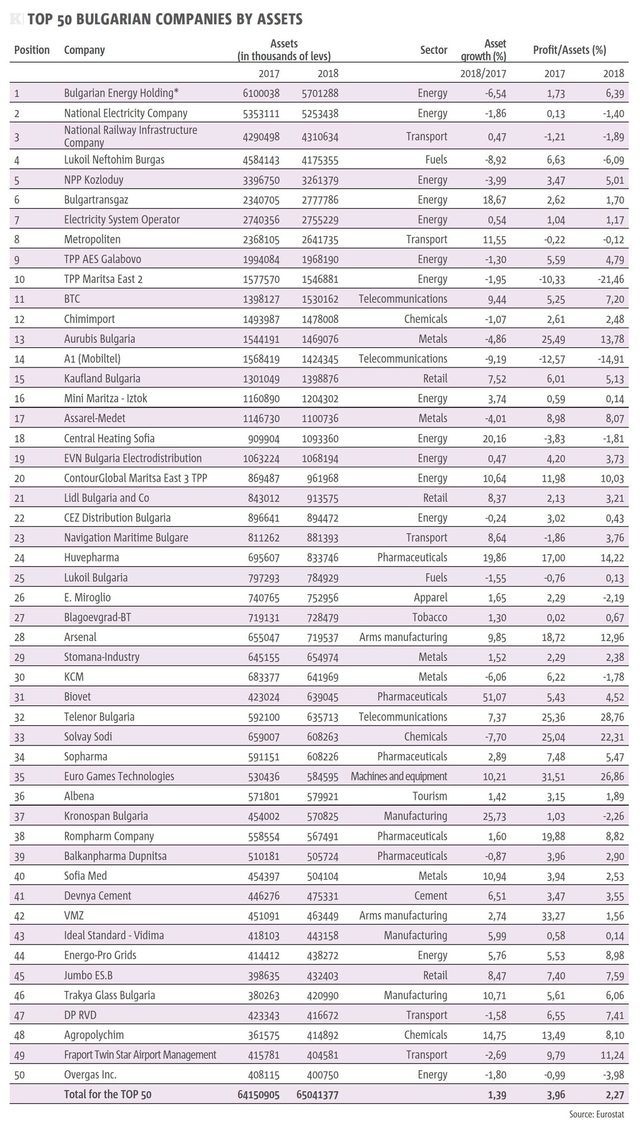
| - Privately-owned companies with expanding capacities like Biovet, Kronospan and Agropolychim achieved growth - The capacities of state-owned enterprises were used less effectively judging by their profitability |
An asset growth rate of 1.5% (or less than a billion levs) may be a normal result for a year of economic stagnation. However, the domestic economy grew by more than 3% in 2018 and with interest rates comfortably low, this rate of asset growth cannot be considered satisfactory.








